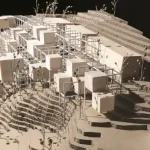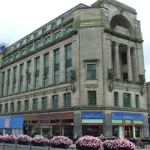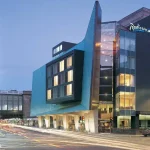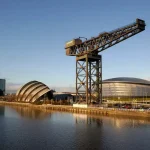William Burn Architect, Scotland Baronial Style Castles, Pitcairns House Dunning, Scottish buildings, UK architecture works
William Burn Architect in Scotland
Scottish Baronial Style Architect – 19th Century Architecture in Scotland
post updated 26 January 2024 ; 12 August 2023
Lauriston Castle, northwest Edinburgh:
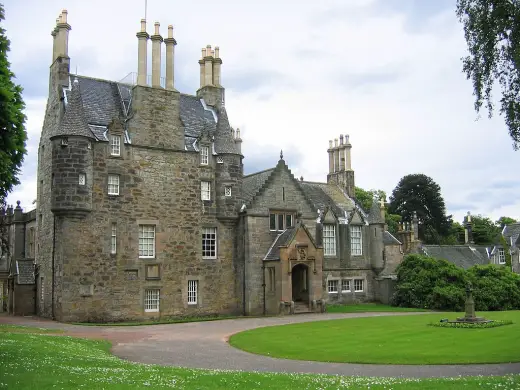
property photo by User:Supergolden, CC BY-SA 3.0 , via Wikimedia Commons
William Burn – key Buildings in Scotland
Blairquhan Castle, Maybole, Ayrshire, Scotland 1821
Court House, Haddington – Haddington Sheriff Court has been operating in the country since medieval times but from January 2015 all business was transferred to Edinburgh. The current court building – a landmark in Haddington – dates back to the 19th century and could be bought by East Lothian Council, with sections converted for public use.
Custom House (interior), Leith, Edinburgh
Dalkeith Palace: conservatory & church with British architect David Bryce* 1850’s
Invergowrie, Ninewells Hospital, Dundee 1837
Lauriston Castle, Edinburgh – extended 1827
Melville Monument, Edinburgh 1823
Milton Lockhart, Lanarkshire 1829
Pitcairns House, Dunning, Perthshire, Scotland ,1827
St John’s Church, Princes Street, Edinburgh 1818
Stenhouse, Stirlingshire re-modelling 1836
Tyninghame House, East Linton, East Lothian 1830
*David Bryce was a partner in William Burn’s practice
William Burn Architect
William Burn Buildings – Links
A monument designed by this architect : Melville Monument, located in the centre of Edinburgh’s St. Andrew Square. It was erected in 1823 in memory of Henry Dundas, the Viscount Melville.
Dalkeith Palace, south east of Edinburgh
Lauriston Castle, north west Edinburgh
Haddington Court House building
A church building by this architect : St John’s Church
A partner of the architect was fellow Scot David Bryce (1803 – 1876), born in Edinburgh and educated at the Royal High School.
A historic structure in Edinburgh & Lothian
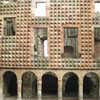
Crichton Castle building photo © Adrian Welch
Website: William Burn Architect, Scotland
“William was educated at the Royal High School and in 1808 was sent as a pupil to the office of architect Sir Robert Smirke in London. There he obtained experience in dealing with clients and the business of building. He was site architect for the Convent Garden Theatre and had to instruct the contractor Alexander Copeland, well-known in the building trade in London, and it was a salutary experience.
In 1816 Burn entered the architecture competition for the completion of Robert Adam’s University buildings and was narrowly defeated by architect William Henry Playfair.
Burn’s career as a country house architect began shortly after this. His skill in country house planning was one important factor which led Burn to have a larger practice than any other Scottish architect by 1830. His clients included the Dukes of Hamilton and Buccleuch, the earls of Haddington and Kinnoull and many other wealthy Tories.
In 1817-18 he had obtained his first commission as a country house architect which was to become his specialty. He produced two designs for neo-Greek country houses: Craigielands and Adderston.”
source: www.scottisharchitects.org.uk
+++
Glasgow Historic Building Designs
Historic Glasgow Property Designs – recent architectural selection below:
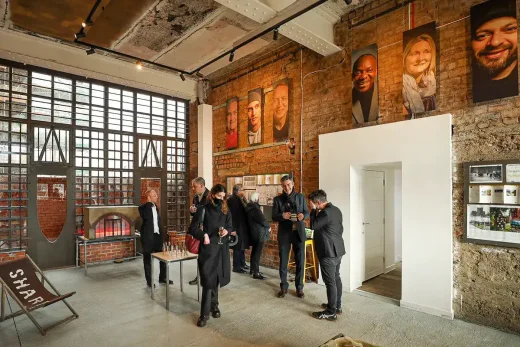
166 Gorbals Street photograph courtesy of Urban Union
166 Gorbals Street Glasgow Building News
Historic Lothian Property Designs – recent architectural selection below:
Comments / photos for the William Burn Architect page welcome
Website: https://en.wikipedia.org
